Motherly love: The best Aussie animal mums

Emperor penguins
Aptenodytes forsteri
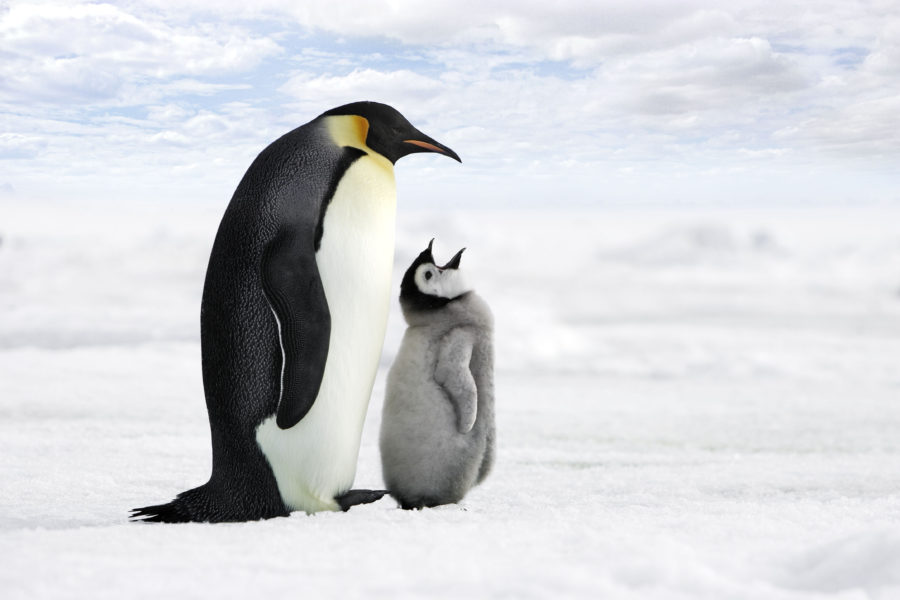
Emperor penguin (Aptenodytes forsteri) adult with chick. Image credit: AAP/Mary Evans/Ardea/M. Watson
Emperor penguins are some of the most dedicated bird mums around. Breeding during the Antarctic winter, the female will lay an egg and pass it to her male partner, who keeps it warm while she goes off to feed. Without the ease of flight, the mother slowly shuffles a huge 80 km to reach the ocean to hunt for food. She’ll then travel back to the colony, ready to regurgitate food to feed her young.
Superb fairy-wrens
Malurus cyaneus
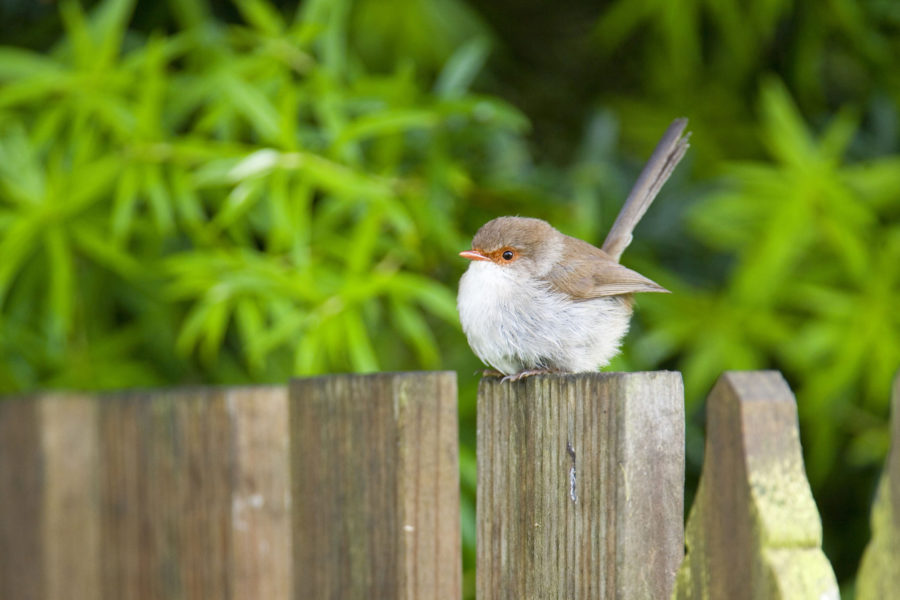
Superb fairy-wren (Malurus splendens). Image credit: AAP/Mary Evans/Ardea/Steffen & Alexandra Sailer
Superb fairy wren mothers take their education seriously. Before their chicks have even hatched, the mothers begin singing to their unborn offspring, teaching them a ‘password’. Once hatched, these chicks will repeat the same note back to their mums to indicate when they want to be fed. The password helps the fairy wren mum identify her chicks and reject home invaders (like cuckoos). And if her offspring do not repeat the learned password, she will abandon the nest and start over. Talk about tough love.
Koalas
Phascolarctos cinereus
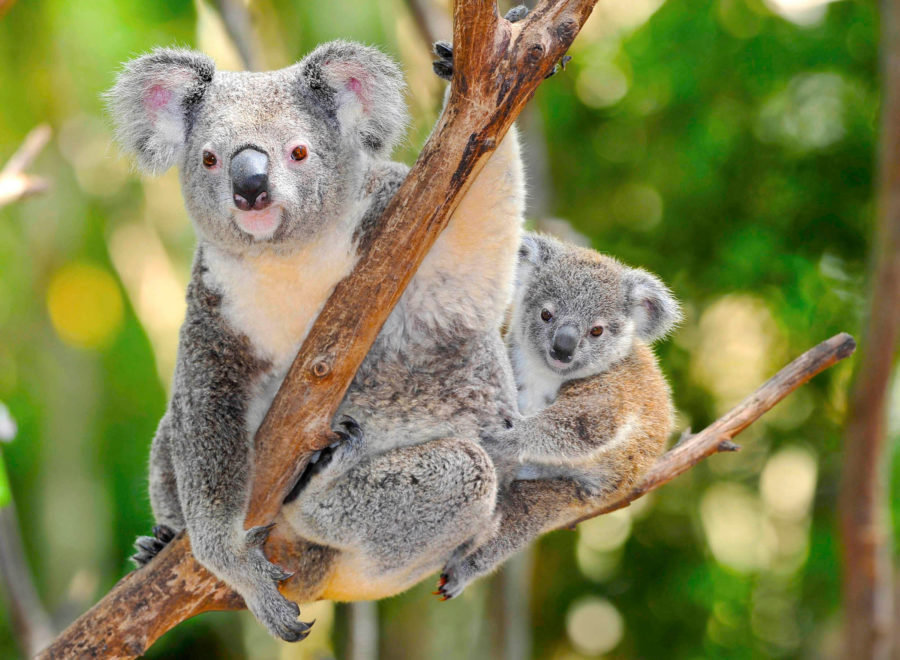
Koala (Phascolarctos cinereus) and joey. Image credit: Shane Partridge/Alamy Stock Photo
The main diet of a koala, eucalyptus, is highly poisonous. While adult koalas’ bowels are lined with unique bacteria to help them digest these lethal leaves, joeys need some time to develop. To help them along, the mother produces a sticky faecal substance called ‘pap’, which the young eats, providing it with the bacteria it needs to survive on eucalyptus as an adult.
Yellow-faced honeyeaters
Lichenostomus chrysops
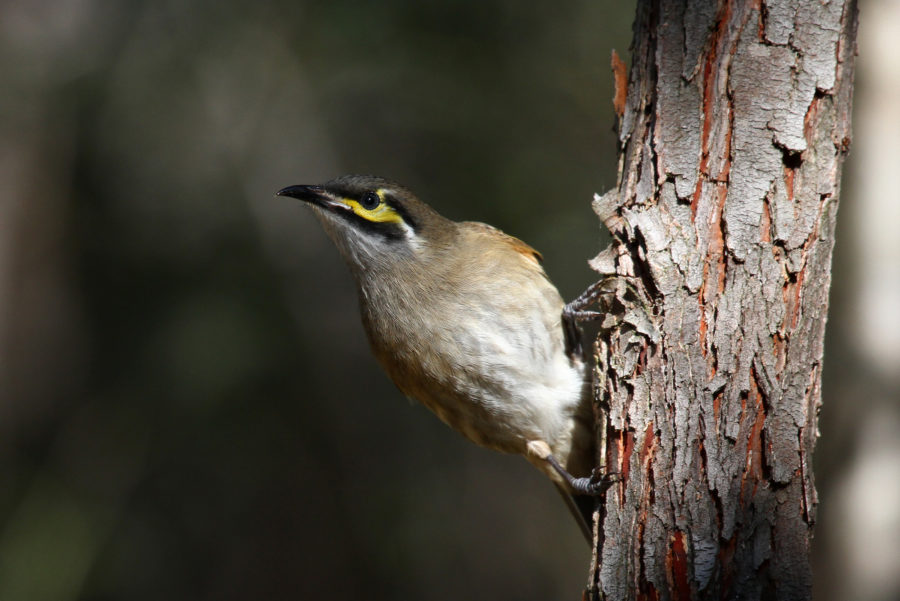
Yellow-faced honeyeater (Lichenostomus chrysops). Image credit: Auscape/Universal Images Group via Getty Images
While both male and female yellow-faced honeyeaters defend their territory during breeding season, it is up to the female to build their nest. The mother will weave together a neat and often fragile cup from soft green materials to keep her young comfortable. In the endeavour for maximum comfort, she has also been known to snatch some of the thick fur off the back of a koala to use as lining for her nest.
Wolf spiders
Lycosa godeffroyi

Wolf spider (Lycosa tarantula). Image credit: AAP/Mary Evans/Ardea/Duncan Usher
Wolf spiders are unusually attentive mothers. While most spiders will hang their eggs in their web, the female wolf spider constructs an egg sac of white, papery silk, which she then carries around on her back. Once her offspring hatch, she carries them on her back until they are ready to face the world on their own.
Gloomy octopus
Octopus tetricus
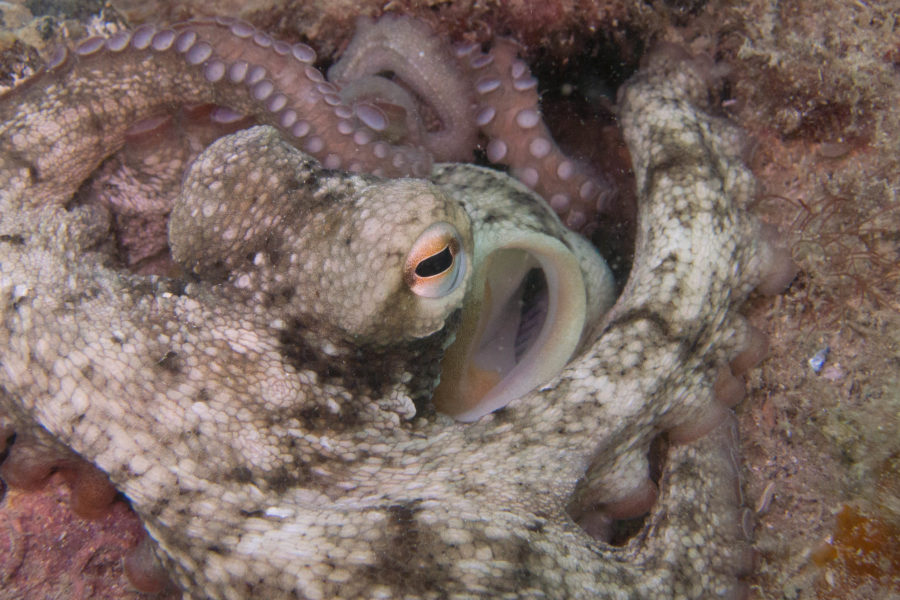
Gloomy octopus (Octopus tetricus). Image credit: Matthias Liffers
One of a number of species where reproduction is a cause of death, the gloomy octopus gives it all for her offspring. After mating, the female lays thousands of eggs in hanging chains from the roof of a suitable crevice. She spends the next month carefully attending to her eggs, not even pausing to eat during her mission to guard them from predators. Once her eggs have hatched, she dies.
Pied butcherbirds
Cracticus nigrogularis
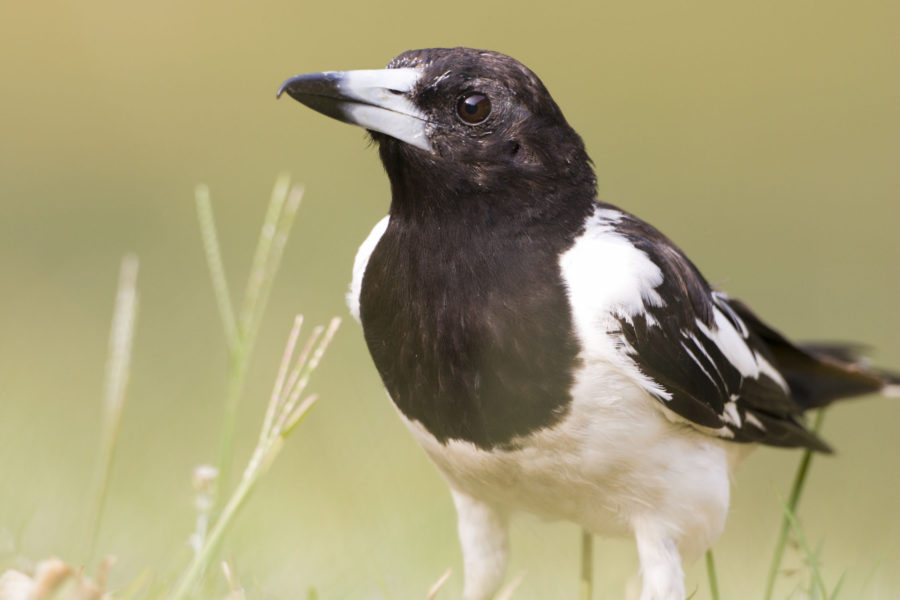
Pied butcherbird (Cracticus nigrogularis). Image credit: AAP/Mary Evans/Ardea/Roy Glen
Pied butcherbirds have a unique approach to female parenting. The female constructs a nest with sticks, twigs and grass, before settling in to incubate the eggs by herself. But to take the pressure off, the females engage in handy co-parenting habits. Females will often share nests, with one female incubating a number of eggs that may not be hers.
Gastric brooding frogs
Rheobatrachus
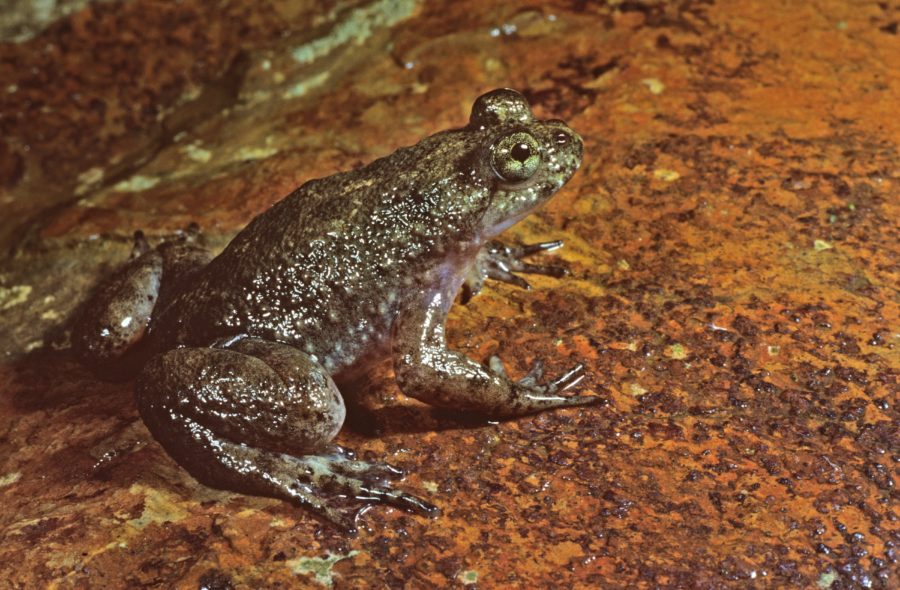
Gastric brooding frog (Rheobatrachus). Image credit: Auscape/Universal Images Group via Getty Images
Sadly extinct, the gastric brooding frog had a unique form of parental care. Following fertilisation, the female would swallow the eggs and incubate her young in her stomach for approximately six weeks. During this time the female would not eat, and after the six weeks, her offspring would emerge from her mouth as fully developed frogs.
READ MORE:
- Advice from the most romantic Australian animals
- The secret lives of WA’s superb fairy-wrens
- How to attract your favourite birds to your garden




